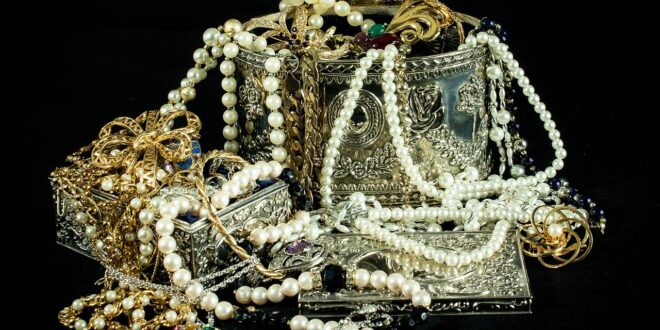Jewelry is not just a piece of decorative ornament. Instead, it is imbued into our very essence. They are more than just enhancers worn by us. Jewelry is usually carved and made out of precious metals like gold, silver, platinum, and so on. They are embedded with beautiful diamonds and other precious and semi-precious stones to improve the aesthetics.
The jewelry market is full of a plethora of pieces, and each is designed to suit various purposes especially. Jewelry for wedding occasions is usually more elaborate than simple yet elegant ones like the men’s buddha necklaces and you can always try these out before you buy them.
We spend a huge amount of money on them but are sometimes disheartened when we discover that these items are fake. For example, some lab-grown gems such as Moissanite are extremely difficult to identify due to their diamond-like characteristics, visit this website for more details. Even jewelers accidentally mistake them for natural diamonds from time to time. Forgery is quite common in the jewelry world because fraudsters constantly duplicate them to make some easy and quick money. Ultimately, we suffer from being scammed.
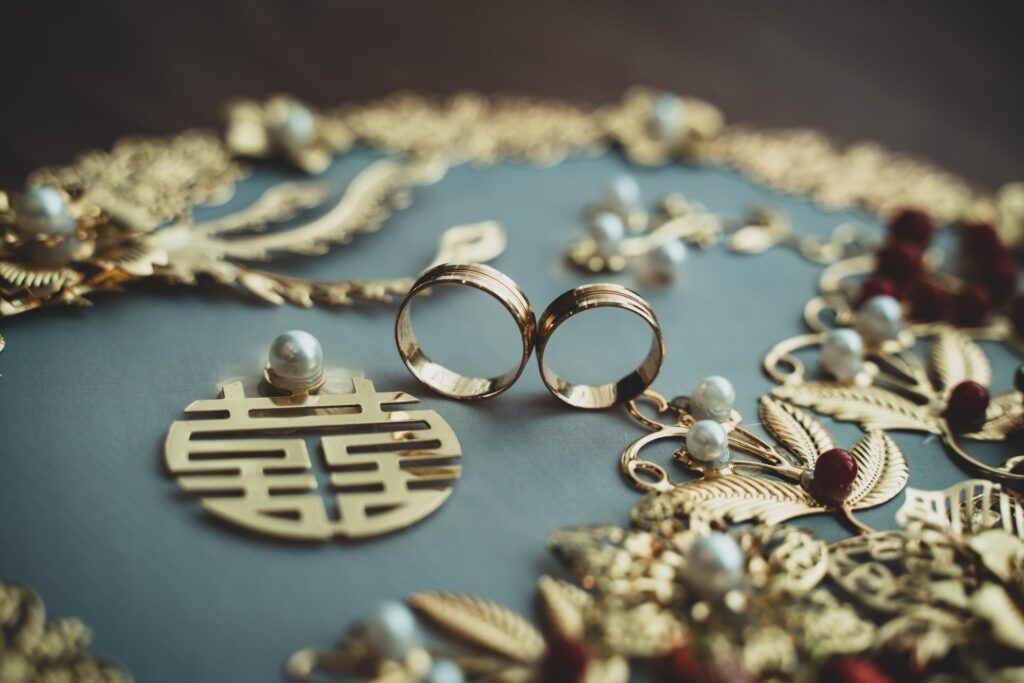
All the problems would not have arisen in the first place if there was a definitive way to establish the authenticity of every jewelry piece we purchase. However, many experts have come up with methods to assess the quality of jewelry based on their experience to save us from being victims of the connivance of fraudsters.
Fortunately, this article is all about exploring some of the trademark signs that herald the jewelry’s originality. We will also discuss a few notable telltale signs suggested by different consumer forums to help consumers make a genuine investment.
Table of Contents
Looking for Hallmarks
Hallmarks are marks stamped on the jewelry as an evident certificate of purity and originality. Hallmarks also contain information about the metal content of the jewelry.
If your jewelry piece is authentic, it will definitely possess a hallmark listing out the amount of pure precious metal like gold and silver in it.
At the same time, it also helps you to know about the market price of that jewelry, so you do not end up paying more than what is required. These hallmarks also carry additional information, including the country of origin, the name of the manufacturer, and other essential things.
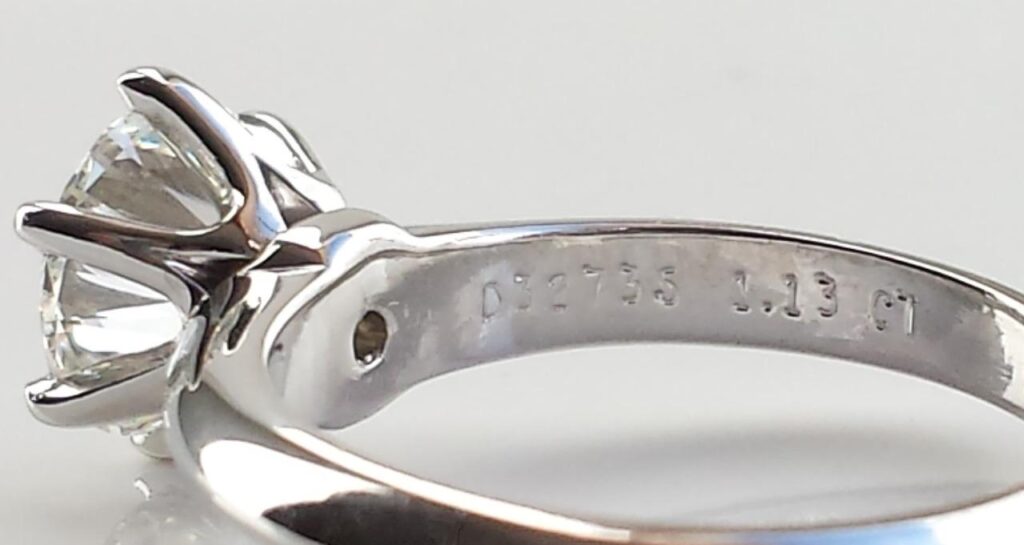
The hallmark is physically stamped on the jewelry, and the place to find them varies with the jewelry item. After all, you do not want the hallmark to affect the beauty of your ornaments.
If you are wearing necklaces, this sign will be embedded on the clasps, and for rings and bracelets, look inwards, and you will find it. Similarly, for earrings, this sign is stamped on its post.
But what if you have a piece of antique jewelry that is more than 100 years old? Then obviously, you might not find a hallmark on it. The solution is to get a licensed and genuine jeweler to get a hallmark stamped on it. If the jewelry is a new one and doesn’t have a hallmark, this means the jewelry is a fake one or is a product of forgery.
Weight of the items
Hallmark is not the ultimate solution because jewelry-like chains with intricate and delicate designs have small surface areas. It is nearly impossible to make out the hallmarks sign in these cases.
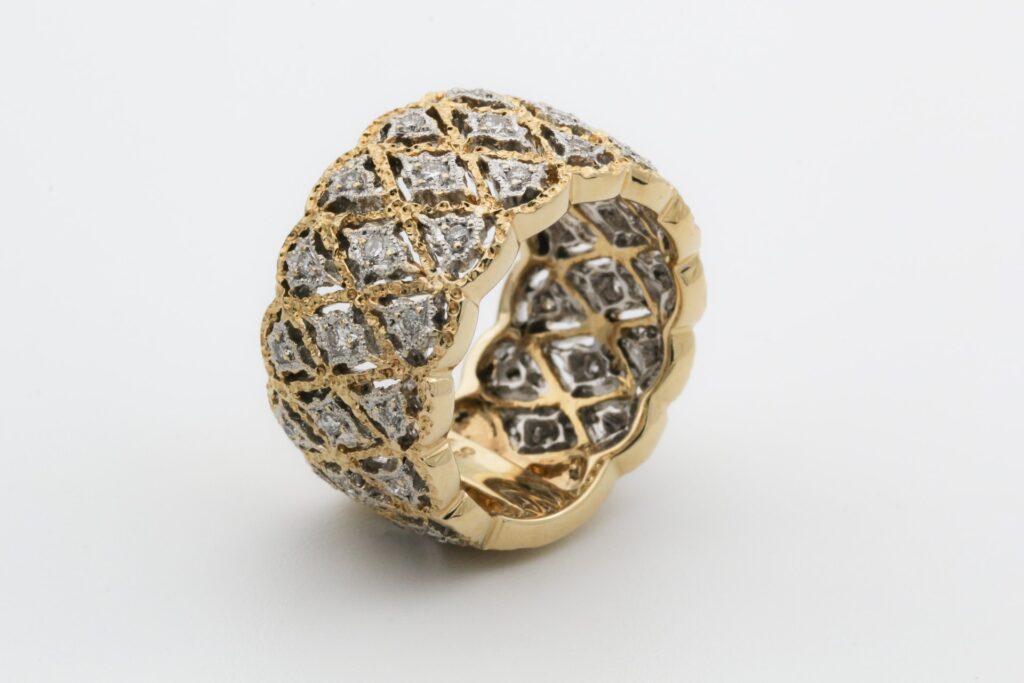
This is a comfortable loophole for fraudsters as the chances of substituting these expensive metals with brass and pewter are high. Some people have that keen sense of vision that helps them to differentiate that small shade difference, but unfortunately, most of us are not skilled in noticing those slight variations.
Everyone isn’t blessed with the skill to identify metals at a glance. So, the weight of the item plays an important role here.
Gold, silver, and platinum are heavy metals, which means they will have more weight than their fake counterparts at the same volume. So the best way to identify such costume or false jewelry is through this example.
A real gold chain will weigh more than its fake counterpart when they are of the same volume. Use this small trick to your advantage to make out if you are being fooled.
Color Appearance
Jewelry engraved from gold, silver, and platinum remains consistent, smooth, and uniformly colored throughout the body. However, discolorations are pretty common because cheap metals tend to react with air. Therefore, if you find inconsistency in coloring or the appearance of white or black stains due to wear and tear, then take it as a red flag.
Prongs
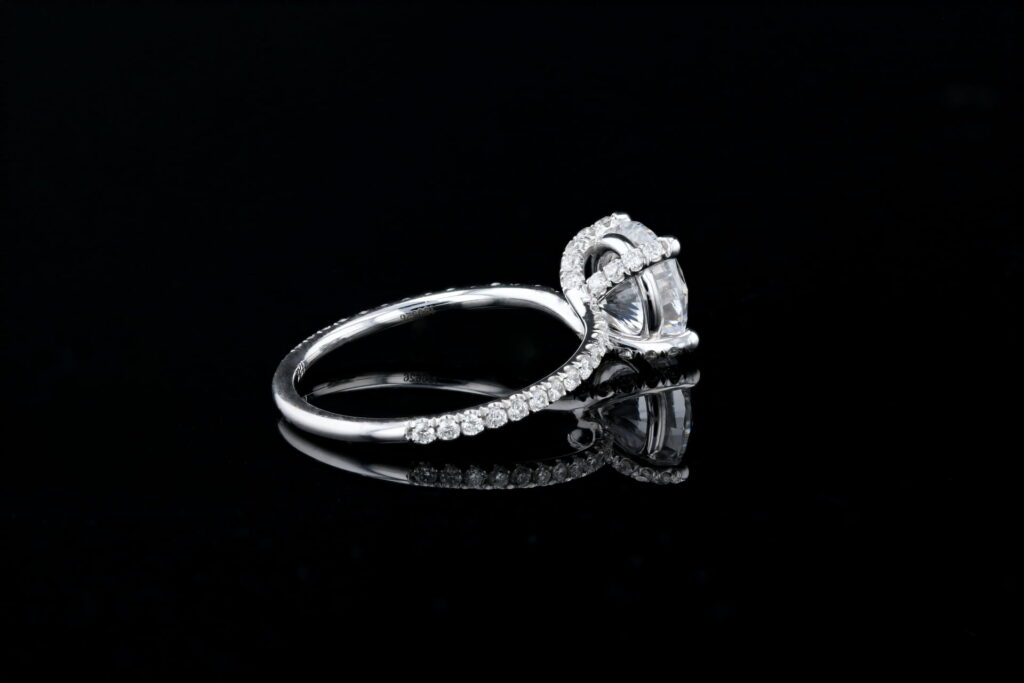
Prongs are tools used to hold precious stones in jewelry. But fake jewelry uses glue to stick stones to the body of the ornaments instead of using well-crafted prongs for holding the stones. Therefore, if you closely look at your jewelry and find the stones sticking to the body rather than being held by prongs, then that is an indication of compromised quality.
Diamond’s authenticity
The Gemological Institute of America has developed techniques through which diamond experts evaluate the diamonds and thus determine their value. They use a principle of 4C that is color, clarity cut, and size. A pure diamond is colorless. The presence of any prominent tinge of color reduces the value of a diamond.
The clarity of a diamond is also a very important factor. Imperfections on the diamonds are detrimental to their value. Sometimes two different diamonds might resemble each other. However, there is a huge difference in their prices. This is because the flaws which are invisible to the naked eye contribute towards the decreased price of the cheaper ones.
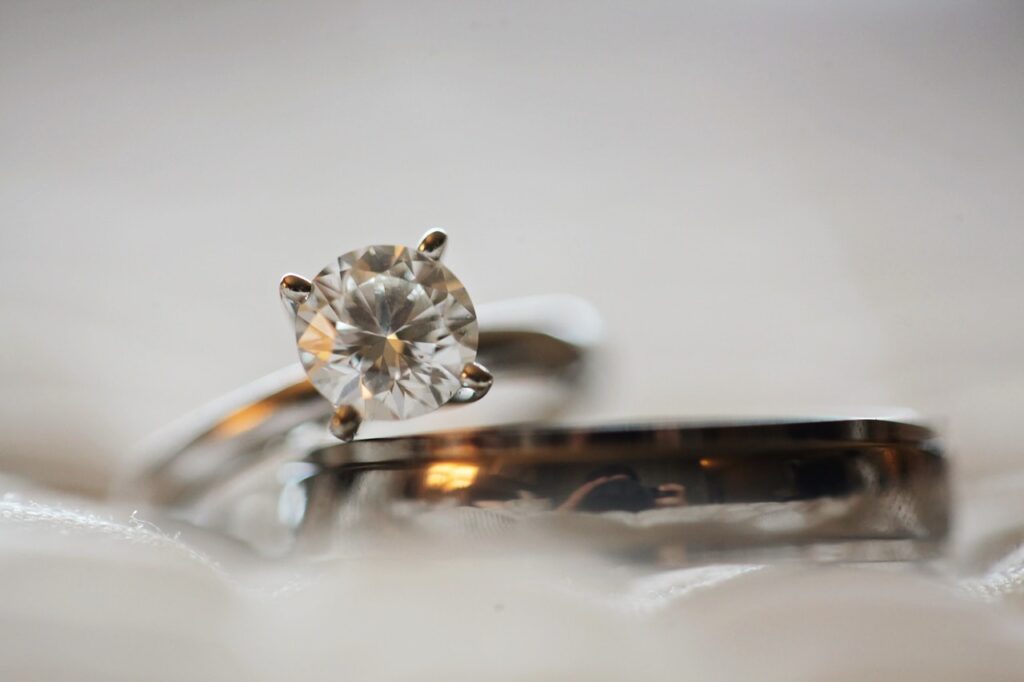
Diamonds are extortionate but the sophisticated touch they add to your personality makes the investment worth it. If you are about to purchase this gleaming gem, make sure that the one you put your finger on checks all the four C’s mentioned above.
Testing for Metal Purity
While we mentioned the importance of hallmarks to determine the metal content of the jewelry, it doesn’t touch upon other methods to test metal purity. One common method is using a magnet to check if a piece is made of genuine gold or silver, as these metals are non-magnetic. Additionally, acid testing can be employed to verify the purity of gold, silver, or platinum by using specific solutions that cause a reaction based on the metal content.This is important to check whether you buy waterproof bracelets or kilo of gold.
Quality of Craftsmanship
Evaluating the craftsmanship of the jewelry is essential to determine its overall quality. Look for well-finished edges, smooth surfaces, and attention to detail in the design. Poorly executed soldering, rough finishes, or visible flaws may indicate lower quality craftsmanship. Checking the overall durability and construction, including clasps, hinges, and settings, can provide insights into the quality of workmanship.
Gemstone Quality
We already mentioned the 4C’s (color, clarity, cut, and carat) for evaluating diamonds, we didn’t discuss the quality factors for other gemstones. Each gemstone has specific quality indicators, such as color intensity, clarity, brilliance, and any visible flaws or inclusions. Understanding these characteristics and assessing the gemstone’s overall appearance and sparkle can help determine its quality.
Reputation and Certification
Buying jewelry from reputable sources and seeking certifications is vital in this domain. Purchasing from trusted jewelers who have a solid reputation ensures that you are buying genuine and high-quality pieces. Look for certifications from reputable gemological laboratories such as GIA (Gemological Institute of America) or AGS (American Gem Society) for diamonds and other precious gemstones. These certifications provide an assurance of quality and authenticity.
Conclusion
Buying jewelry is a crucial moment in our lives because it is not just an investment. Buying jewelry is a commitment and holds enormous sentimental value to it.
So, the next time you go out to buy jewelry, make sure to have a keen vision and hone your observation skills so that you do not end up being fooled by buying fake jewelry again.
So, now you will know about the quality of your jewelry pieces and thus can invest in the right direction with a better future return.
 World Magazine 2024
World Magazine 2024
